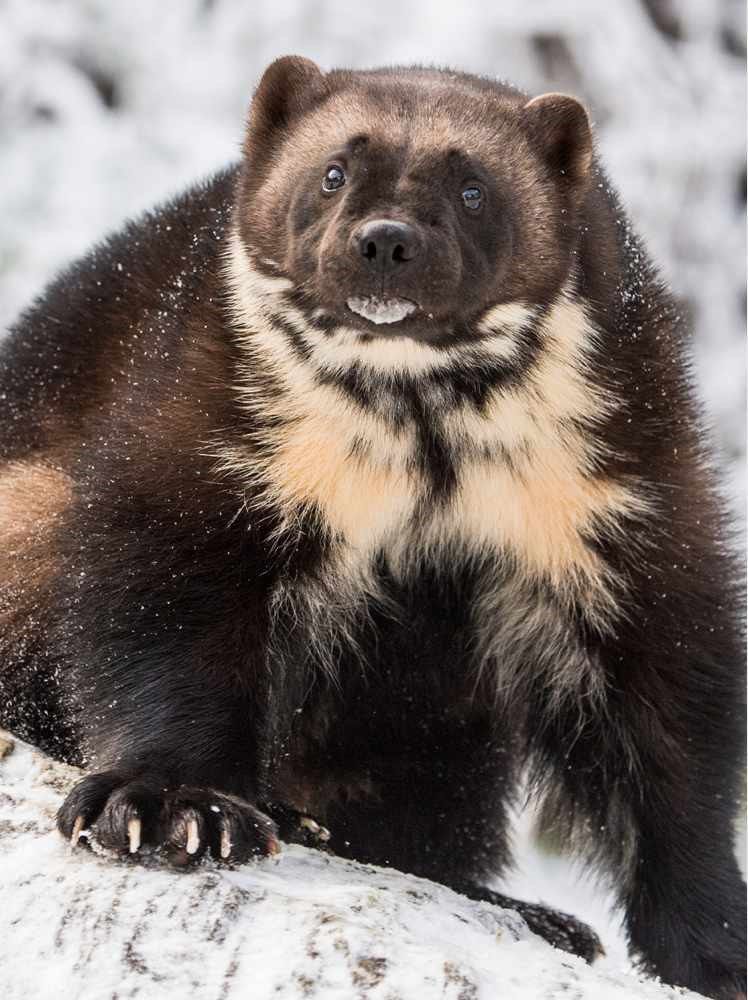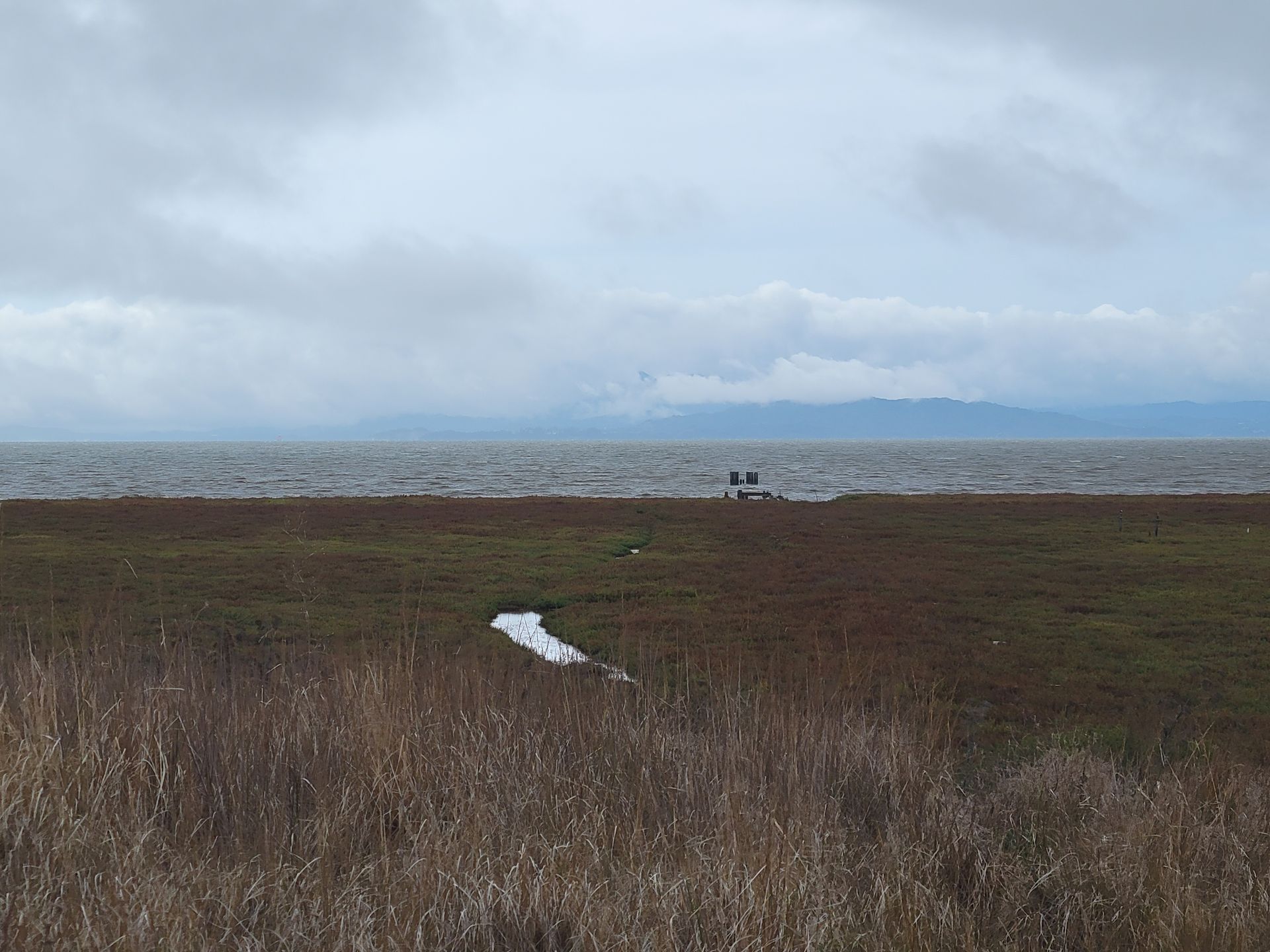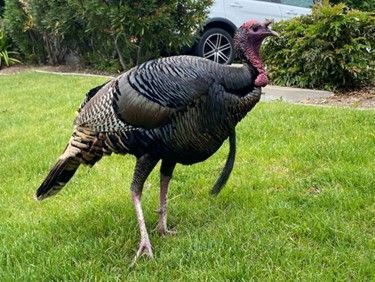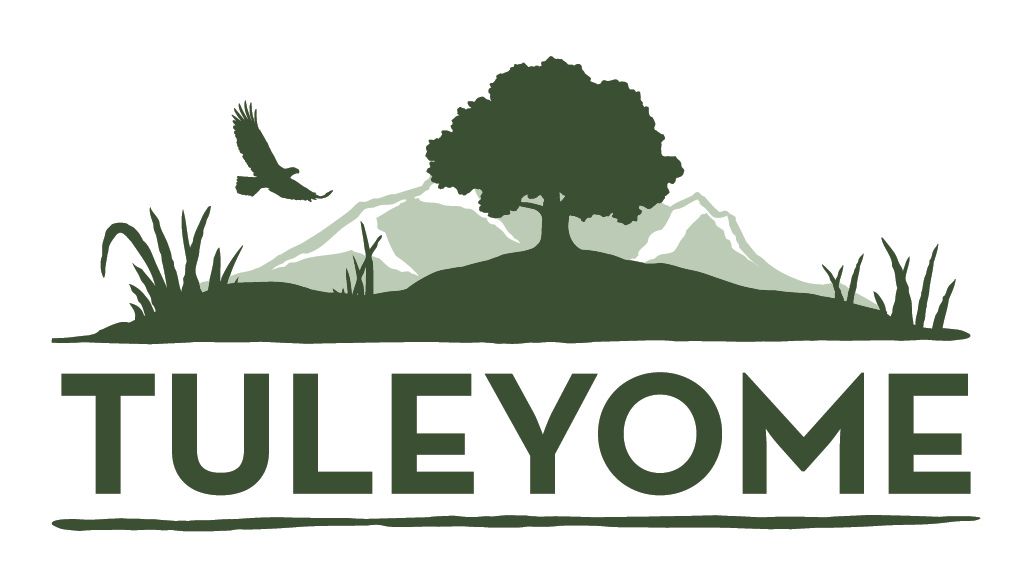Tuleyome's Science Corner - The Elusive Wolverine!

Wolverine (Gulo gulo) by Getty
Have you heard the news? A wolverine was observed in California for only the second time in a century! The California Department of Fish and Wildlife (CDFW) confirmed that there were multiple recent and credible sightings; two in the Inyo National Forest and one in Yosemite National Park. CDFW believes that all three sightings were of the same individual and are calling the occurrence “extraordinarily rare”. So exciting!
To some, wolverines resemble little bears, however they actually belong to the same family (Mustelidae) as weasels, badgers, ferrets, otters, minks, martens and fishers. Their scientific name, Gulo gulo, translates to “glutton”; possibly for their voracious eating style. In North America, they are found primarily in the far north, cold, latitudes of Alaska and Canada but are also found in the Southern Rocky Mountains in Colorado, Wyoming, and New Mexico as well as the Cascade Range in Washington and a small portion of Oregon.
Wolverines are powerfully built and range from 18 to 40 pounds, males usually being larger than the females. They have strong, thick necks and a long 30 to 40-inch, tube-shaped body ending in a five to ten-inch tail. They are only about 18 inches high at the shoulder with powerful, stout and somewhat bowed legs and wide feet that have hair-covered soles; perfect for snowshoeing. Wolverines have small, rounded heads with powerful jaws full of strong teeth, two of them specialized to tear meat off of a frozen carcass. Their coarse dark brown coat is oily which helps repel snow and frost. They have lighter brown fur on their foreheads, the scruff of their necks, and continues down the left and right sides of their bodies. Like all members of the Mustelid family, wolverines have well-developed anal glands that secrete a foul-smelling fluid that is used for signaling to other wolverines and to mark territory. I’m quite certain those glands are why they have also been called “nasty cats” and “skunk bears”.
Primarily carnivores, wolverines are cunning and fearless hunters and are known for often taking down prey species more than twice their size. They’ve also been observed sparring with wolves and bears over resources within their range. When not picking fights with apex predators, their usual diet consists of small mammals, porcupines, livestock, moose, and deer but will consume limited amounts of vegetation and fruit when snow and food is scarce. They are also well-known scavengers, and a large component of their diet is comprised of leftover eagle, mountain lion and grizzly bear kills. Young wolverines are preyed on by gray wolves, mountain lions, golden eagles and grizzly bears but humans are responsible for taking the largest number of adults because of their water and frost repellant fur and threat to livestock.
Wolverines are usually considered solitary animals with very large home ranges that can include up to 600 square miles. They may wander up to 15 miles a day foraging for food. Mating takes place from May to August and males typically form lifetime relationships with several females within their home range. Gestation time varies greatly depending on weather conditions and when the fertilized egg implants. Females dig dens in the snow, often using boulders or uprooted trees to help shelter from the cold. If food is scarce, females will not produce any young but if conditions are good, one to five (most often two to three) snow-white kits are born in the spring. The young develop quickly but remain with their mother (with occasional visits from the father) for up to about a year. Although primarily solitary, small family groups have been observed traveling and hunting together.
Biologists estimate that there are no more than 300 individuals in the lower 48 states. Although they’ve never been abundant, wolverines are essential to a healthy ecosystem and their habitat requirements include a deep snowpack. Research in North America has shown a positive correlation between the depth of the snowpack and the wolverine population. This is possibly because harsh weather conditions result in more feeding opportunities for wolverines with a greater number of available large ungulate carcasses. Although the wolverine is extremely rare in the United States, it is currently not listed as a special-status species under the Federal Endangered Species Act. Relatively good news though, it is listed as threatened under the California Endangered Species Act and is afforded full protection under the California Fish and Game Code. To learn more about the wolverines that have visited California please visit Tuleyome’s friend and conservation partner Defenders of Wildlife.
-Kristie Ehrhardt (kehrhardt@tuleyome.org)
Tuleyome Land Conservation Program Manager
RECENT ARTICLES






